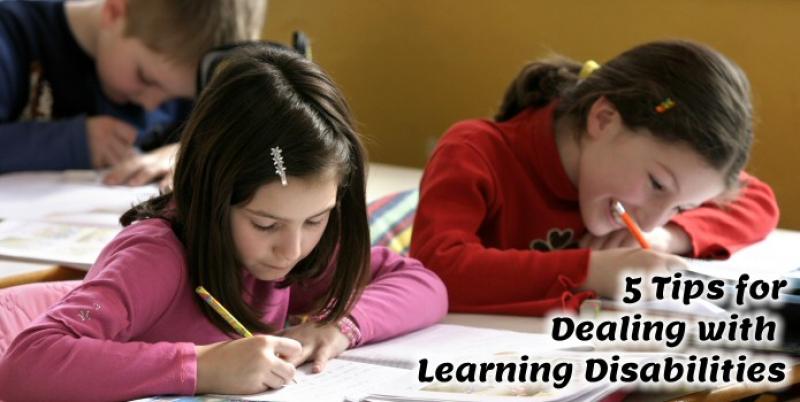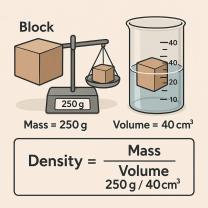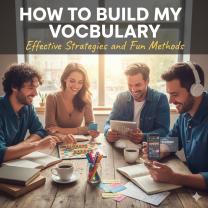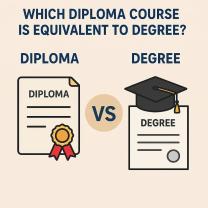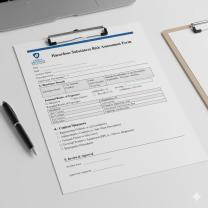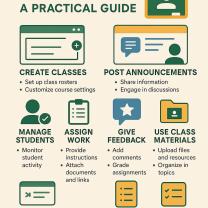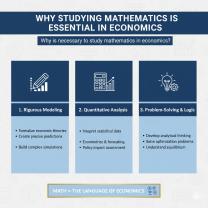How do you deal with learning disabled students?
Dealing with learning disabled students requires a thoughtful and individualized approach, as the needs of each student can vary widely. Here are some general strategies that educators and support staff often use:
Understand Individual Needs:
- Get to know each student's specific learning disability and how it impacts their learning style.
- Recognize their strengths and weaknesses to tailor your approach accordingly.
Differentiated Instruction:
- Provide varied instructional methods to address diverse learning styles.
- Use a combination of visual, auditory, and kinesthetic approaches to engage students.
Individualized Education Plan (IEP):
- Work with the student, their parents, and other relevant professionals to develop an IEP that outlines specific goals, accommodations, and support services.
Use of Assistive Technology:
- Integrate technology tools and devices that can aid learning, such as text-to-speech software, speech recognition tools, or audiobooks.
Provide Clear Instructions:
- Break down instructions into smaller, manageable steps.
- Use visual aids and written instructions to supplement verbal communication.
Frequent Assessments and Feedback:
- Regularly assess student progress and provide timely feedback.
- Adjust teaching methods and materials based on ongoing assessments.
Utilize Peer Support:
- Encourage a supportive classroom environment where peers can assist and collaborate with students who have learning disabilities.
Flexible Seating Arrangements:
- Consider seating arrangements that cater to the student's specific needs, such as providing preferential seating or minimizing distractions.
Additional Time and Flexible Scheduling:
- Allow extra time for assignments and assessments as needed.
- Be flexible with scheduling to accommodate the student's pace and learning style.
Positive Reinforcement:
- Recognize and celebrate achievements, no matter how small, to boost the student's confidence and motivation.
Professional Development:
- Stay informed about the latest research, strategies, and resources related to teaching students with learning disabilities.
Open Communication:
- Maintain open and regular communication with parents, other educators, and support staff to ensure a collaborative and supportive approach.
Remember, it's crucial to work closely with the student, their parents or guardians, and any specialists involved in their education. Every student is unique, and an individualized, patient, and empathetic approach is essential to creating an inclusive learning environment.
Sure, here are the answers to your questions about supporting and accommodating learning-disabled students:
How can educators effectively support and accommodate learning-disabled students?
Educators can effectively support and accommodate learning-disabled students by implementing a variety of strategies, including:
Understanding the specific learning disability: Each learning disability manifests differently, so it's crucial for educators to understand the individual needs of each student. This involves collaborating with parents, specialists, and the student themselves to gain a comprehensive understanding of their strengths, challenges, and learning preferences.
Providing individualized education plans (IEPs): IEPs are tailored plans that outline specific accommodations and modifications for students with learning disabilities. These plans may include adjustments to curriculum, instructional strategies, testing methods, or classroom environment to ensure that each student has the opportunity to succeed.
Incorporating differentiated instruction: Differentiated instruction is a teaching approach that caters to the diverse learning needs and styles of all students. It involves providing multiple pathways to understanding and demonstrating knowledge, ensuring that students with learning disabilities have access to instruction that matches their abilities.
Using assistive technology: Assistive technology tools can be invaluable for students with learning disabilities. These tools can range from text-to-speech software to note-taking apps to specialized keyboards, all of which can help students overcome specific challenges and access the curriculum more effectively.
Promoting self-advocacy: Empowering students with learning disabilities to advocate for themselves is essential for their long-term success. Educators can encourage self-advocacy by involving students in the development of their IEPs, providing opportunities for them to express their needs and preferences, and teaching them strategies for communicating with their teachers and peers.
What strategies promote inclusivity and success for students with learning disabilities?
Strategies that promote inclusivity and success for students with learning disabilities include:
Creating a positive and supportive classroom environment: Fostering a welcoming and inclusive classroom where students with learning disabilities feel valued and respected is crucial. This involves promoting empathy, understanding, and acceptance among all students.
Collaborating with parents and specialists: Regular communication and collaboration between educators, parents, and specialists are essential for ensuring that students with learning disabilities receive consistent support and that strategies are implemented effectively across all settings.
Providing opportunities for social interaction and peer support: Integrating students with learning disabilities into social activities and groups fosters a sense of belonging and helps them develop positive relationships with their peers.
Promoting self-awareness and self-acceptance: Helping students with learning disabilities understand their unique strengths and challenges is crucial for building self-confidence and self-acceptance. This involves providing opportunities for them to reflect on their learning experiences, identify their strengths, and set realistic goals.
Celebrating successes and acknowledging progress: Recognizing and celebrating students' achievements, no matter how small, reinforces their efforts and builds their motivation to continue learning and growing.
Are there specialized programs or services tailored for learning-disabled students?
Yes, there are a variety of specialized programs and services tailored for learning-disabled students. These programs and services may include:
Special education classes: These classes provide individualized instruction and support specifically designed to address the unique learning needs of students with disabilities.
Resource rooms: Resource rooms offer supplemental instruction, tutoring, and support services to students with learning disabilities within a general education setting.
Assistive technology support: Specialists can provide assessments, recommendations, and training for assistive technology tools to help students with learning disabilities overcome specific challenges.
Speech-language pathology services: Speech-language pathologists provide evaluation and treatment for students with communication disorders, which can co-occur with learning disabilities.
Occupational therapy services: Occupational therapists can help students with learning disabilities develop fine motor skills, sensory processing skills, and self-management strategies to enhance their learning and daily functioning.
How do schools create an environment conducive to learning for students with disabilities?
Schools can create an environment conducive to learning for students with disabilities by:
Promoting universal design for learning (UDL): UDL is a framework that emphasizes creating flexible and accessible learning environments that can accommodate the diverse needs of all students. This involves providing multiple means of representation, action, and engagement to ensure that all students have an equal opportunity to learn.
Establishing clear expectations and procedures: Clear and consistent expectations and procedures help students with learning disabilities understand what is expected of them and navigate their learning environment more effectively.
Providing ample opportunities for practice and feedback: Students with learning disabilities often benefit from repeated practice and opportunities to apply their knowledge and skills in different contexts. Providing regular feedback and support helps them identify areas for improvement and celebrate their progress.
Using a variety of teaching methods and instructional materials: Incorporating a range of teaching methods and instructional materials can cater to different learning styles and preferences, ensuring that all students have access to instruction that matches their needs.
